
In the intricate world of neuro-oncology, oligodendroglioma occupies a unique niche. This distinct type of brain tumor, which originates within the oligodendrocytes or the cells, responsible for producing myelin, has been the subject of significant medical interest due to its rare incidence and unique attributes.
Despite the gravity of the disease, numerous misconceptions surround oligodendroglioma, often leading to unwarranted anxiety and inaccurate assumptions. This article will set out to debunk such myths whilst providing a comprehensive understanding of oligodendroglioma, including its cause, diagnosis, treatment, and future prospects.
Defining Oligodendroglioma: An In-Depth Perspective
Historical Context of Oligodendroglioma
The discovery of oligodendroglioma goes back to the early 20th century when Bailey and Cushing, renowned pathologists recognized it as a unique entity, thereby introducing it to the field of neuropathology. Since then, our understanding of this tumor has notably evolved, significantly impacting its diagnosis and treatment.
Scientific Definition and Explanation of Oligodendroglioma
Oligodendrogliomas are brain tumors that originate from oligodendrocytes, which are a type of glial cell that forms the myelin sheath around nerve fibers. These tumors are defined by their “fried egg” appearance upon histological examination, with individual cells showcasing a clear halo around a centralized nucleus.
Understanding Oligodendroglioma as a Type of Brain Tumor
Oligodendrogliomas make up approximately 4% of all primary brain tumors, predominantly affecting young to middle-aged adults. These tumors are typically slow-growing, with a predilection for the frontal and temporal lobes of the cerebrum.
Classification and Gradation of Oligodendroglioma
Oligodendrogliomas are classified under the World Health Organization (WHO) grading system, under two categories: Grade II (low-grade, slower development) and Grade III (anaplastic oligodendroglioma, with faster growth and higher recurrence potential).
Causes and Risk Factors associated with Oligodendroglioma
Exploring the Possible Genetic Causes
Although the exact cause of oligodendrogliomas remains unknown, research has identified certain genetic abnormalities that frequently manifest in these tumors, suggesting a genetic predisposition.
Understanding Environmental Factors Contributing to Oligodendroglioma
Studies to determine the influence of environmental factors on oligodendroglioma continue, yet no definitive correlations have been confirmed. This ongoing research considers potential influences including exposure to radiation and organic solvents.
The Role of Age and Gender in Oligodendroglioma
Oligodendrogliomas are more common among adults aged between 40 and 50. While the incidence is slightly higher in males than females, this gender disparity is less pronounced compared to other types of primary brain tumors.
Clinical Presentation of Oligodendroglioma
Common Symptoms associated with Oligodendroglioma
Common symptoms of oligodendroglioma include headaches, seizures, personality changes, and symptoms related to increased intracranial pressure. However, the exact clinical presentation can vary depending on the tumor’s location and size.
Special Cases and Rare Symptoms
Some patients present unique symptoms such as visual impairment and speech difficulties, depending on where the tumor is located. Additional, less common symptoms can include memory deficits, motor weakness, and cognitive impairment.
Diagnosis and Tests for Oligodendroglioma
Traditional Diagnostic Techniques
Traditionally, diagnosis of oligodendroglioma involves imaging studies like CT scans and MRIs, which provide detailed pictures of the brain. A neurological examination is also conducted to assess motor and sensory skills, balance and coordination, mental status and changes in mood or behaviour.
Advanced Diagnostic Tools and Techniques
In the modern era, more advanced diagnostic options like spectroscopy, functional MRI, and PET scans are being utilized to get a more comprehensive view of the tumor. These advancements aid in planning the treatment strategy.
The Role of Genetic Testing in Diagnosing Oligodendroglioma
Genetic testing provides valuable insight into the specific alterations present in each individual tumor. These alterations can be instrumental in determining the most effective treatment plan and predicting the potential course and outcome of the disease.
Get to know us better
If you are reading this, you are in the right place – we do not care who you are and what you do, press the button and follow discussions live
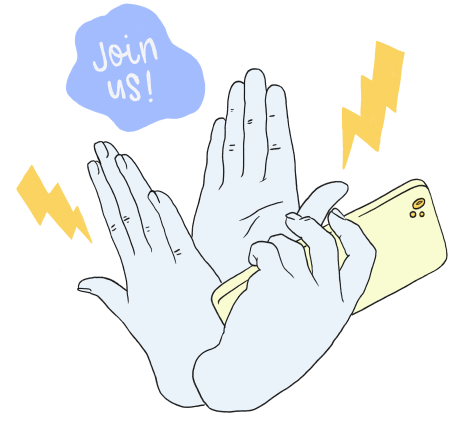
Treatments and Therapies for Oligodendroglioma
Overview of Available Treatment Options
The treatment plan for oligodendroglioma is typically multifaceted, involving surgery, radiation therapy, and chemotherapy. The choice of treatment depends on various factors, including the tumor’s grade and location, and the patient’s overall health and personal preferences.
Understanding Surgically Invasive Treatments
Surgeons aim to remove as much of the tumor as possible while avoiding damage to healthy brain tissue. In some cases, the tumor’s location or size may limit the extent of surgical removal, leading to alternative or additional treatments.
Non-surgical Treatments: Radiation Therapy and Chemotherapy
When surgery isn’t possible, or as an adjuvant treatment, radiation therapy and chemotherapy are valuable options. Radiation therapy uses high-energy beams to kill tumor cells, while chemotherapy employs drugs to eliminate cancer cells or restrict their growth.
The Impact of Treatments on the Quality of Life
While these treatments can often effectively control the growth of the tumor, they are not without side effects. Fatigue, cognitive changes, and hair loss are common, and some patients may experience long-term effects on their daily life. Therefore, quality of life considerations always play a pivotal role in treatment decisions.
Living with Oligodendroglioma: Prognosis and Future Outlook
Analysis of Survivor Statistics and Mortality Rates
The survival rate of oligodendroglioma patients is variable, largely dependent on factors such as age, tumor grade, and extent of surgical resection. For example, the 5-year survival rate for patients with a low-grade tumor is relatively higher than that for patients diagnosed with anaplastic oligodendroglioma.
The Psychological Impact: Living with a Diagnosis of Oligodendroglioma
A diagnosis of oligodendroglioma can leave patients facing considerable emotional and psychological challenges. Depression, anxiety, and feelings of loss of control are not uncommon. Comprehensive healthcare should extend beyond physical health to include emotional support and counseling for patients and families.
Research Developments and Future Prospects
Despite the challenges oligodendroglioma presents, there is cause for hope. Advances in genetic studies have led to a new understanding of these tumors, opening avenues for targeted treatments. Additionally, immunotherapy and gene therapy offer promising future treatment options.
Conclusion
This meticulously comprehensive discussion of oligodendroglioma should notably overthrow any misconceptions while paving the way to informed discussions about the disease. Fundamentally, the importance of awareness and early detection cannot be overstated, as these are instrumental in determining the course of the disease.
FAQs
- What is the survival rate for patients with oligodendroglioma?
The survival rate varies based on numerous factors, including age, tumor grade, and treatment course. Generally, the 5-year survival rate for low grade oligodendroglioma is commendable, but the figures decrease for high-grade tumors.
- Are there any prevention tips for oligodendroglioma?
Because the causes of oligodendroglioma are still not completely understood, and since it is not a lifestyle disease, there are currently no specific ways to prevent the tumor. However, general health maintenance and monitoring of symptoms can lead to early detection and improved outcomes.
- What is the difference between grade II and grade III oligodendroglioma?
Grade II oligodendrogliomas are considered low-grade, meaning they grow slower and are less aggressive. Grade III tumors, also known as anaplastic oligodendrogliomas, grow quickly and spread more aggressively. This often results in a worse prognosis.
- How does an oligodendroglioma affect daily life?
The impact on daily life will vary from patient to patient and is dependent on the location and severity of the tumor. Common symptoms such as headaches, seizures, and cognitive changes can significantly disrupt a patient’s day-to-day activities and overall quality of life.
- Can oligodendroglioma recur after successful treatment?
While successful treatment can effectively control the growth of the tumor, there is still a risk of recurrence, especially in high-grade tumors. Thus, regular follow-ups and imaging studies are necessary.


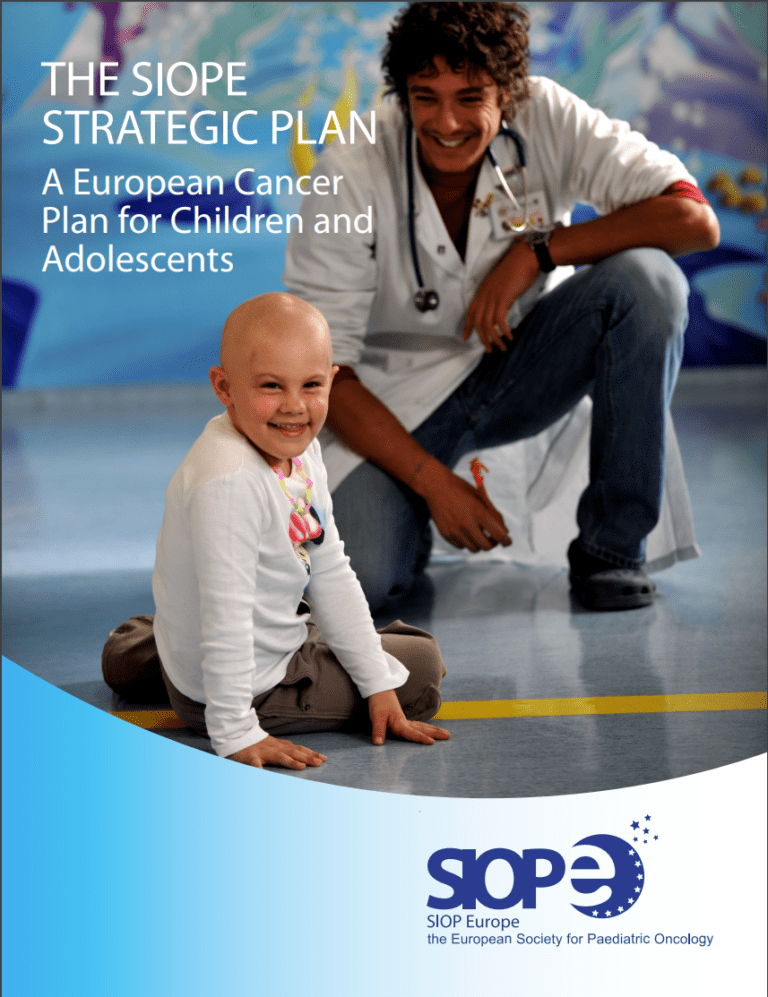





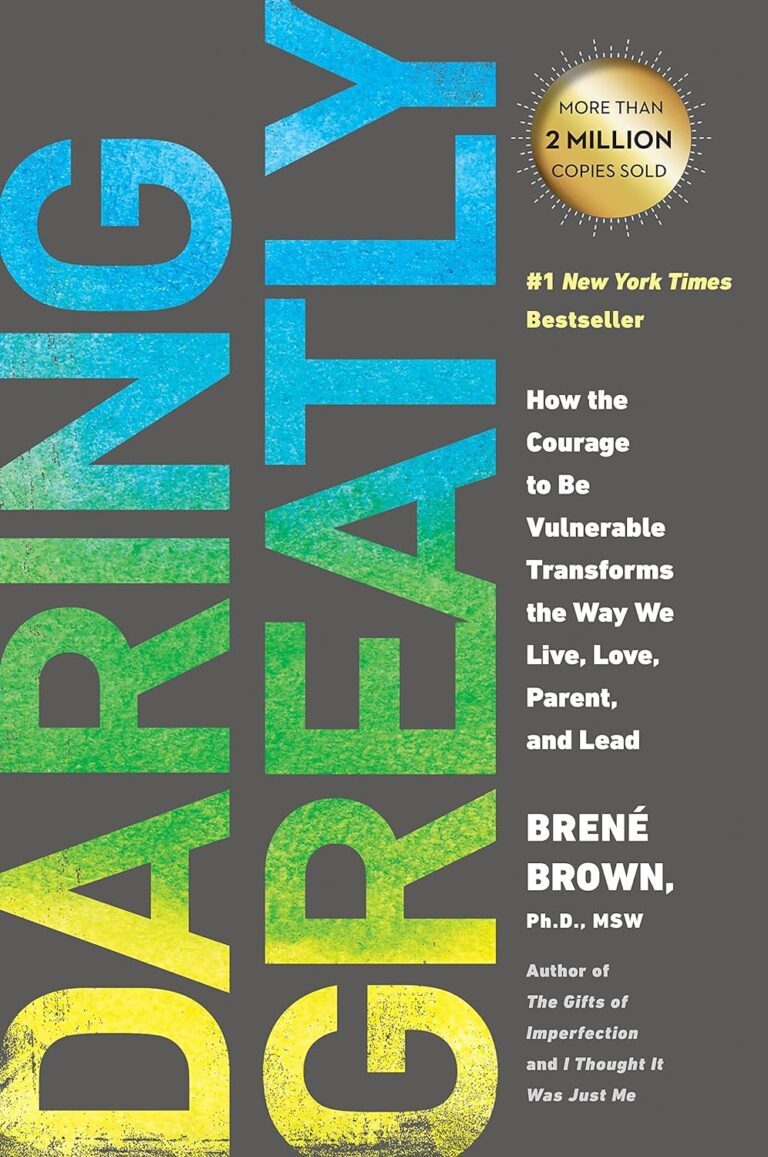
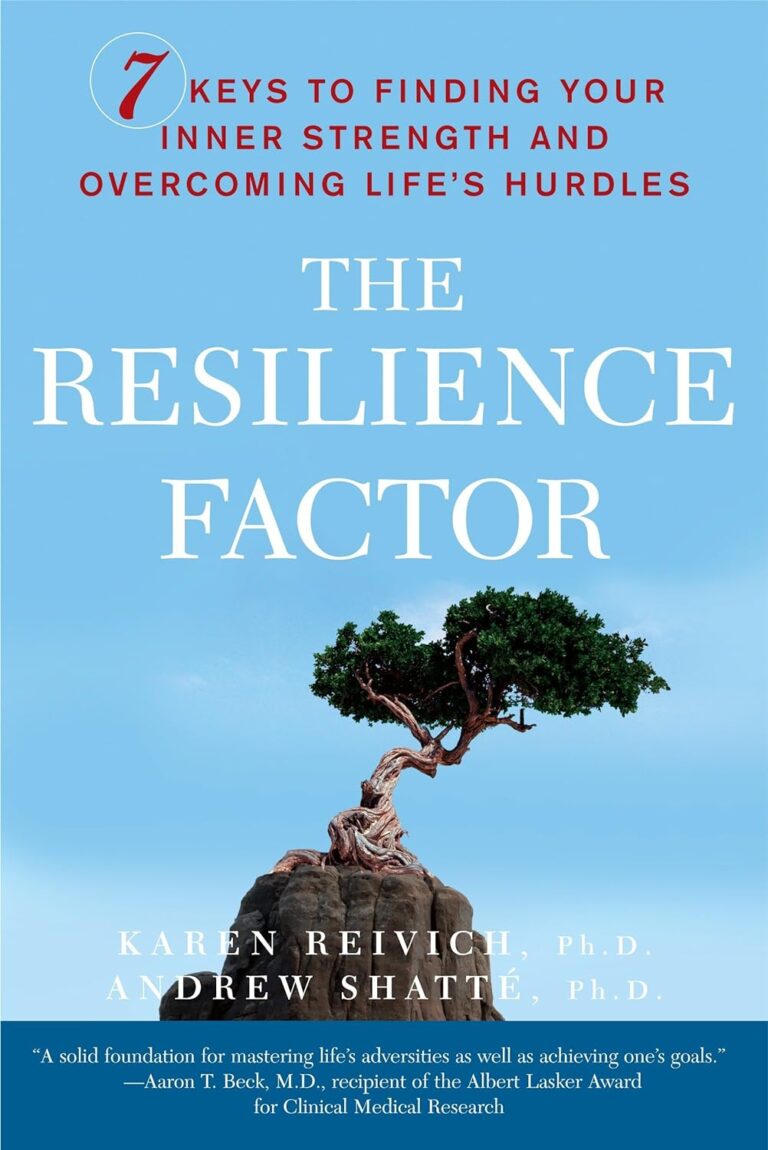



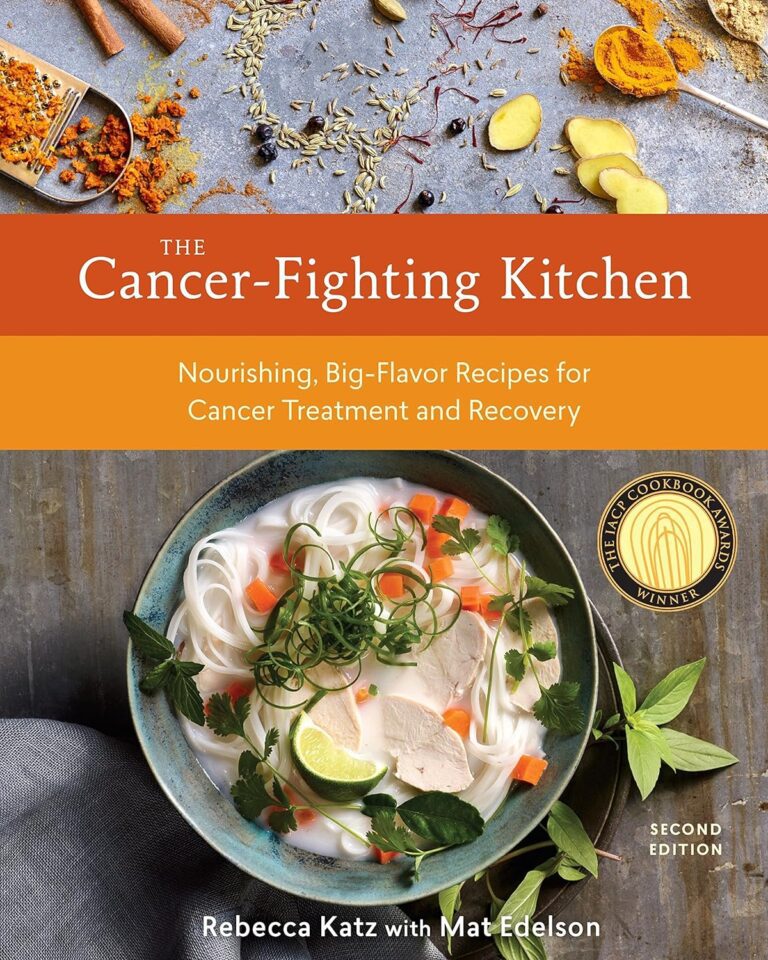


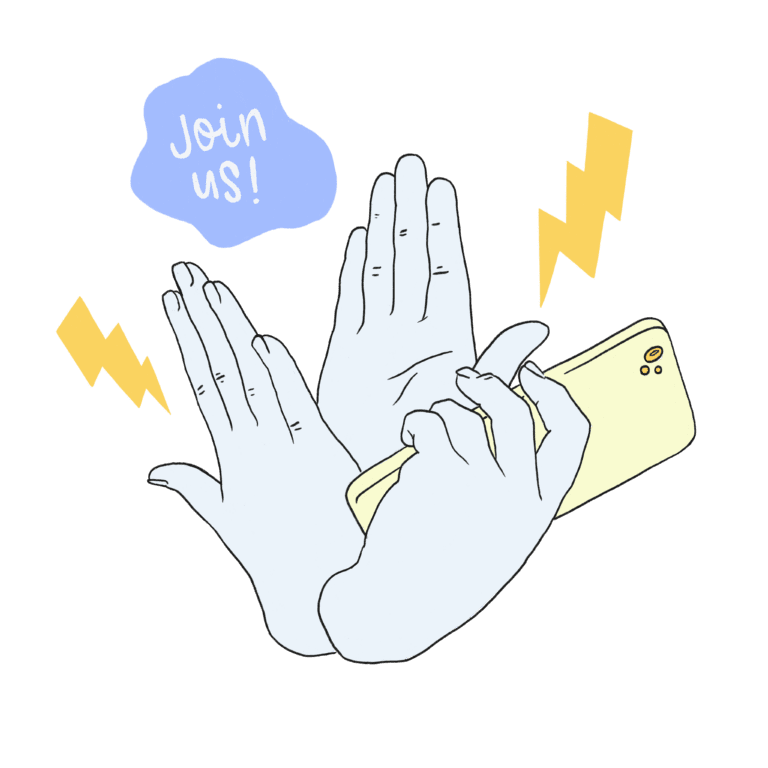
Comments
Thank you. Comment sent for approval.
Something is wrong, try again later